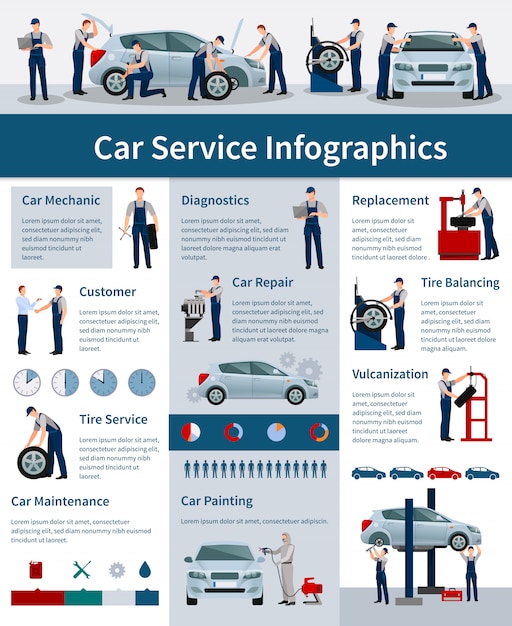Decoding Your Lorry'S Caution Indicators: What They Really Symbolize
Decoding Your Lorry'S Caution Indicators: What They Really Symbolize
Blog Article
Material Writer-Hartley Shepherd
When you lag the wheel, those radiant warning lights on your dashboard can be a bit difficult. Do you know what they're attempting to tell you regarding your vehicle's wellness? Understanding have a peek at this web-site of these lights is crucial for your safety and the long life of your automobile. So, the next time among those lights turns up, wouldn't you want to analyze its message accurately and take the essential steps to address it?
Common Warning Lights and Interpretations
Determine typical caution lights in your car and recognize their definitions to guarantee secure driving.
Read the Full Report of the most regular warning lights consist of the check engine light, which indicates concerns with the engine or discharges system. If this light comes on, it's crucial to have your automobile checked quickly.
Recommended Website alerting light shows reduced oil stress, requiring instant interest to stop engine damages.
A blinking battery light might suggest a defective charging system, potentially leaving you stranded if not resolved.
The tire stress tracking system (TPMS) light informs you to low tire pressure, impacting car security and gas effectiveness. Ignoring this could bring about unsafe driving conditions.
The abdominal muscle light shows an issue with the anti-lock braking system, compromising your capability to stop promptly in emergency situations.
Lastly, the coolant temperature advising light warns of engine overheating, which can lead to extreme damage otherwise dealt with promptly.
Recognizing these typical warning lights will certainly help you resolve concerns without delay and maintain risk-free driving conditions.
Relevance of Prompt Interest
Understanding the common caution lights in your auto is only the very first step; the importance of immediately attending to these cautions can not be emphasized sufficient to ensure your safety and security when traveling.
When a warning light illuminates on your control panel, it's your cars and truck's method of communicating a possible concern that needs attention. Disregarding these warnings can lead to more serious problems later on, jeopardizing your security and possibly costing you more out of commission.
Trigger interest to cautioning lights can prevent malfunctions and accidents. For instance, a flashing check engine light can indicate a misfire that, if left unattended, could create damage to the catalytic converter. Resolving this immediately can save you from a costly repair service.
Similarly, a brake system alerting light may signify reduced brake liquid or used brake pads, crucial components for your safety and security when driving.
DIY Troubleshooting Tips
If you see a warning light on your control panel, there are a few DIY troubleshooting suggestions you can attempt before seeking professional aid.
The first step is to consult your automobile's guidebook to recognize what the specific caution light shows. In https://augustupkez.dgbloggers.com/31663289/bend-up-for-a-revealing-check-out-the-concealed-gems-of-top-tier-car-service-center-that-will-transform-your-auto-maintenance-routine can be as straightforward as a loose gas cap activating the check engine light. Tightening up the gas cap might resolve the problem.
Another usual concern is a low battery, which can activate different cautioning lights. Inspecting the battery links for corrosion and ensuring they're secure might fix the problem.
If a warning light continues, you can try resetting it by separating the automobile's battery for a few minutes and after that reconnecting it. Additionally, checking your vehicle's liquid degrees, such as oil, coolant, and brake fluid, can help troubleshoot advising lights related to these systems.
Final thought
In conclusion, understanding your cars and truck's caution lights is vital for keeping your vehicle running efficiently and safely. By promptly resolving these signals and recognizing what they suggest, you can avoid expensive fixings and prospective failures.
Remember to consult your vehicle's guidebook for specific information on each advising light and do something about it as necessary to ensure a trouble-free driving experience.
Stay informed, remain secure when driving!
